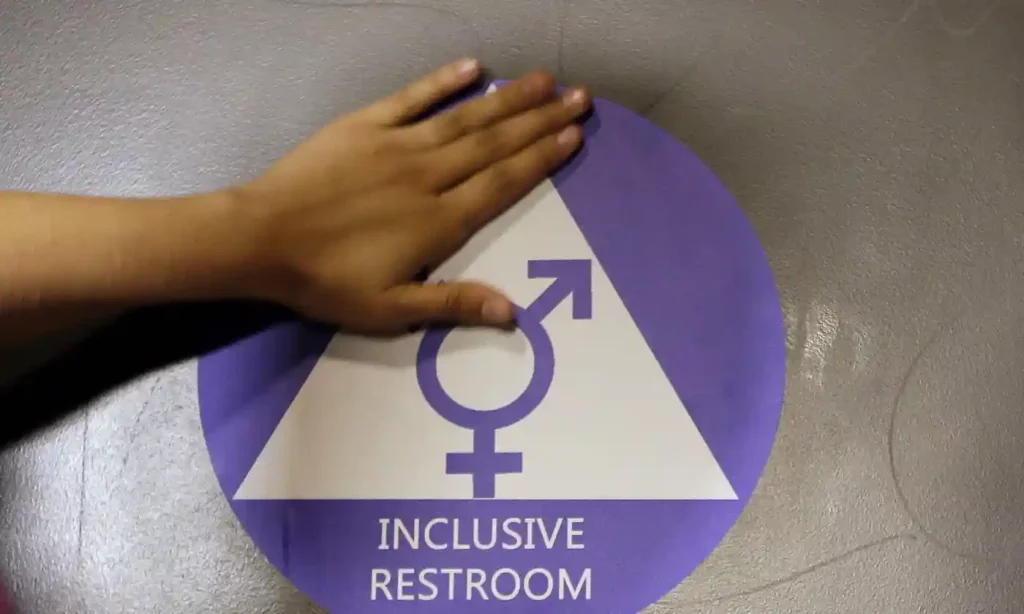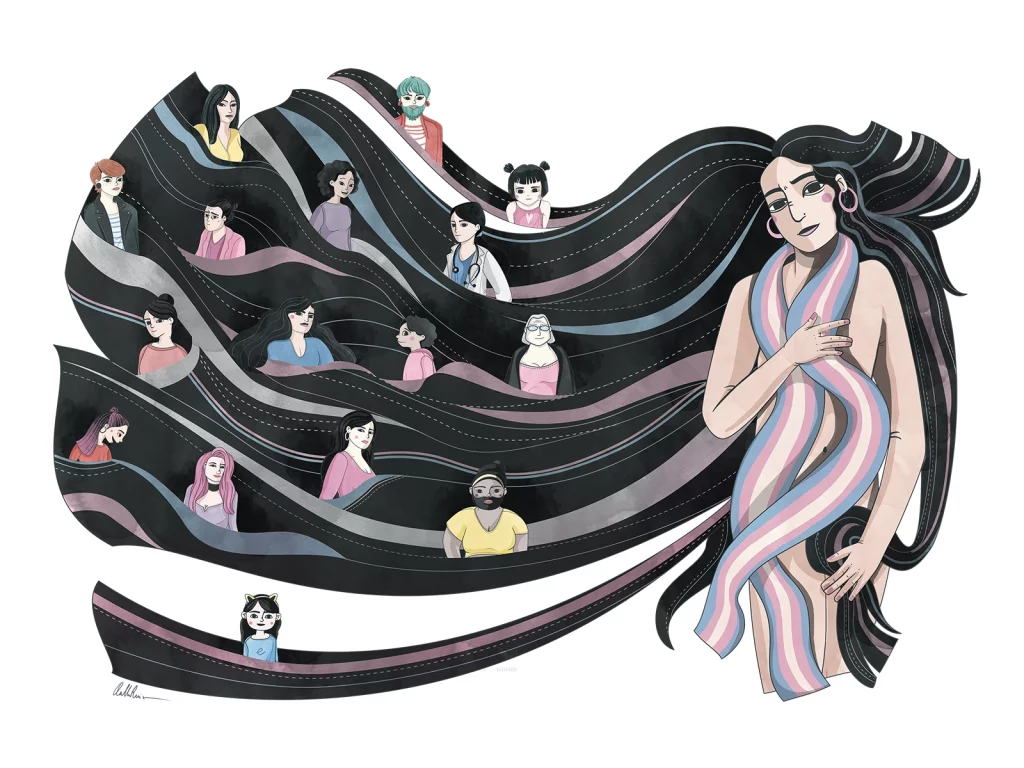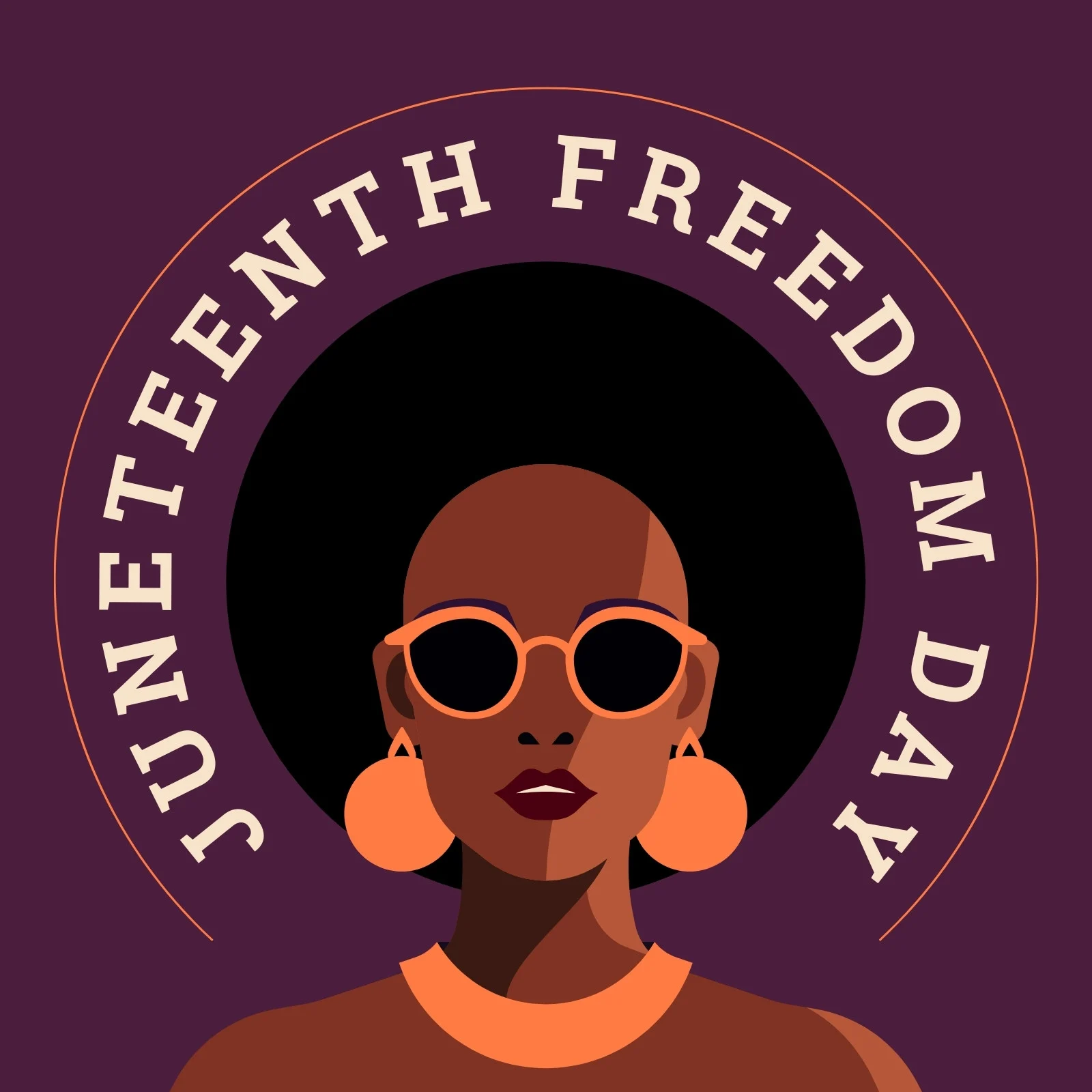Expanding Our Focus: Embracing Priority Issues beyond Gender Identity in Single-Sex Spaces.
Empowering Women and LGBTQ+ Communities in the Fight against Sexual Assault and Healthcare Inequality.

When looking at the prominence given to various issues in media coverage, one might mistakenly assume that women’s primary concerns revolve around something other than femicide, sexual assault, low rape conviction rates, stalking, wage disparities, reproductive rights erosion, workplace discrimination, pervasive online misogyny, a police force with institutionalized sexism, healthcare disparities, inadequate childcare provisions, and societal pressures related to aging.
While these critical issues do receive attention, there is a disproportionate focus on another topic: the presence of men posing as transgender women to access gender-segregated spaces.
In recent years, this narrative has permeated the media, culture, higher education, politics, and sports to an unavoidable extent. Research by Ipso reveals a 400% increase in reporting on transgender issues between 2009 and 2019. It is important to note that transgender individuals account for approximately 0.5% of the UK population, and instances of men deliberately infiltrating women-only spaces are infrequent and uncommon (with no discernible negative impact observed in Ireland, where self-identification has been legally recognized since 2015).
However, it is precisely because these occurrences are so rare that they gain attention in the news: journalism follows the “man bites dog” principle, where the uncommonness of an event determines its newsworthiness. If every reported sexual assault received the same level of coverage—considering the staggering numbers of 199,021 sexual offenses and 70,633 rapes reported last year—it would be an unending stream of news.
Given the multitude of genuine threats to women’s safety, it is perplexing that such an excessive amount of time and attention is directed towards a largely hypothetical risk. Every instance of an individual being attacked is unacceptable, and every effort must be made to ensure women’s safety. Many cisgender women who support transgender rights, including myself, have personal experiences of sexual assault and view the issue with utmost seriousness. However, the primary threat to women overwhelmingly stems from men, not from transgender women. It is unfair to penalize trans women for the actions of predatory men. Consequently, the exclusion of trans women and non-binary individuals from single-sex spaces puts them at significantly higher risk of violence.
In reality, transgender individuals are far more likely to be survivors of sexual assault than perpetrators. The US Department of Justice’s Office for Victims of Crime highlights that 50% of transgender individuals experience sexual abuse or assault at some point in their lives. Reports suggest even higher figures, reaching 66% or more among groups such as transgender people of color or those with disabilities.
“Sexual predators do not discriminate based on the presence or absence of fallopian tubes. The threat of this kind of violence looms over all of us, regardless of our gender identity or biological characteristics.“
According to data from the Office for National Statistics, transgender individuals are twice as likely as cisgender individuals to be victims of crime. The Williams Institute at UCLA School of Law further reveals that they are four times more likely to experience violent crimes, including rape and sexual assault. Additionally, Home Office statistics indicate a concerning 56% increase in hate crimes against transgender people in England and Wales in the past year. However, if transgender individuals are excluded from safe spaces, it raises the question: where are they supposed to seek refuge? History has demonstrated that the concept of “separate but equal” facilities is not a viable solution.
Certainly, some transgender individuals may engage in criminal behavior, just like individuals from any demographic, including cisgender women. However, the actions of a few should not invalidate the experiences and claims of the entire group. While those who abuse the system should be held accountable, it does not justify dismantling services or stripping away rights from an entire community.
It is important to recognize that men continue to perpetrate acts of violence against women and children in various settings, such as homes, workplaces, and public spaces, often without facing repercussions. These individuals have no need to impersonate transgender women. Contrary to promoting safety, debates surrounding single-sex bathrooms have led to increased harassment and hostility towards cisgender women who do not conform to traditional feminine presentations.
The discourse surrounding transgender identity often fixates on discussions about genitalia. However, the question arises: where does womanhood truly reside? Is it confined to one’s ovaries, cervix, womb, or breasts? There are women who, due to various circumstances such as illness, surgery, or rare medical conditions, may be missing certain parts of the female anatomy (for instance, Angelina Jolie), and yet they remain undeniably women.

Exclusion based on biological differences reflects a significant lack of empathy. Moreover, it reduces women to their reproductive systems, a perspective we should strive to move beyond.
If there is anything that unites women – and with a global population of 3.8 billion, commonalities may be scarce – it is the shared vulnerability to sexual violence. No woman, including trans women, is immune to this threat. Rapists do not pause to verify the presence of fallopian tubes. The fact that we all face this particular form of violence should only strengthen the bond and solidarity between cisgender women and our transgender sisters.
In an era of evolving gender and sexuality, feminism should strive for greater inclusivity rather than exclusivity. This means embracing and welcoming trans men and women, as well as non-binary, queer, intersex, and gender-nonconforming individuals. While it is true that the lived experiences of cisgender women and trans women may differ, it is important to acknowledge that cis women cannot fully comprehend the challenges faced by trans women—growing up in the wrong body and enduring transphobia.
The polarization that characterizes our online discourse often leads to women feeling pitted against one another based on various factors such as age, size, education, wealth, or political beliefs, and whether or not they are mothers. However, there is no singular correct way to be a woman.
It is crucial to remember that our strength lies in unity rather than division.
We are stronger when we stand together rather than apart.



